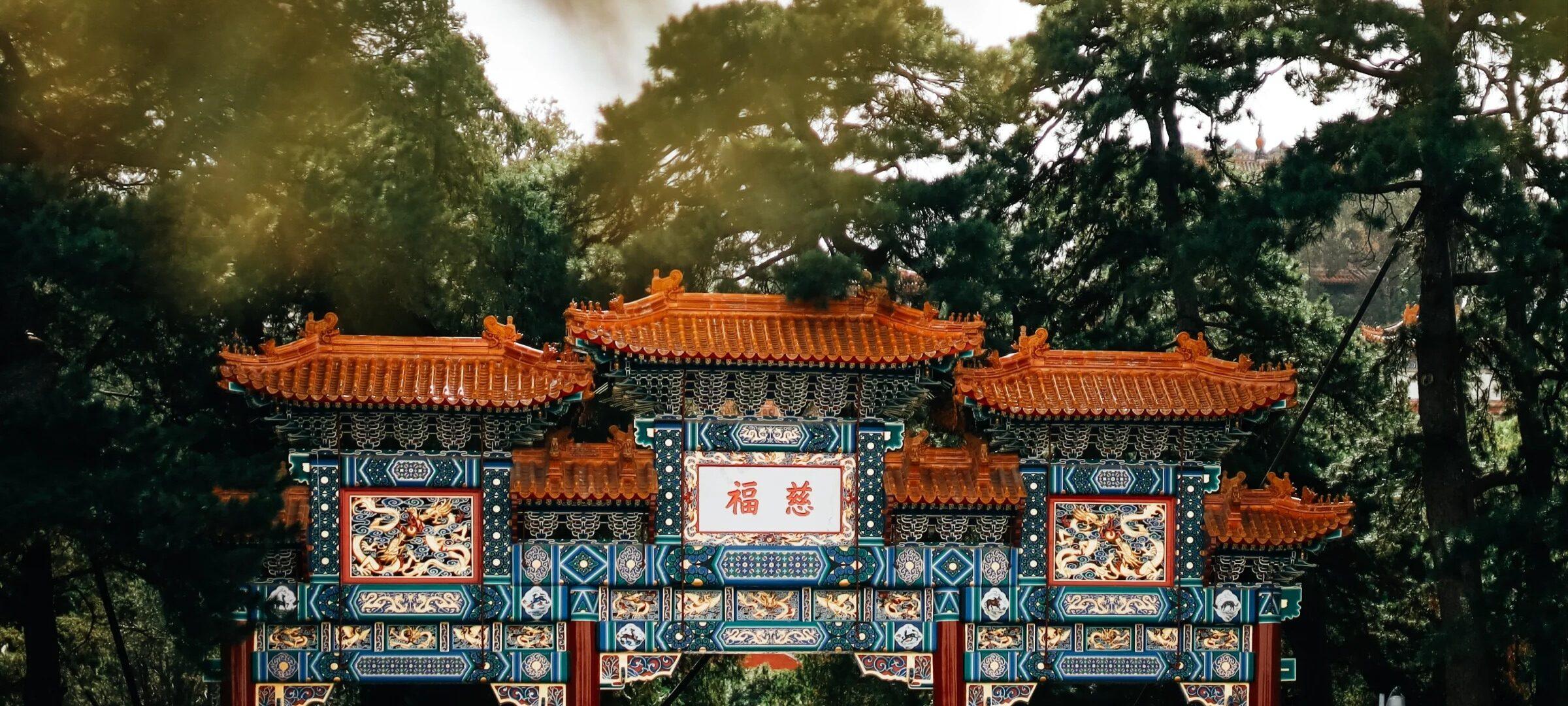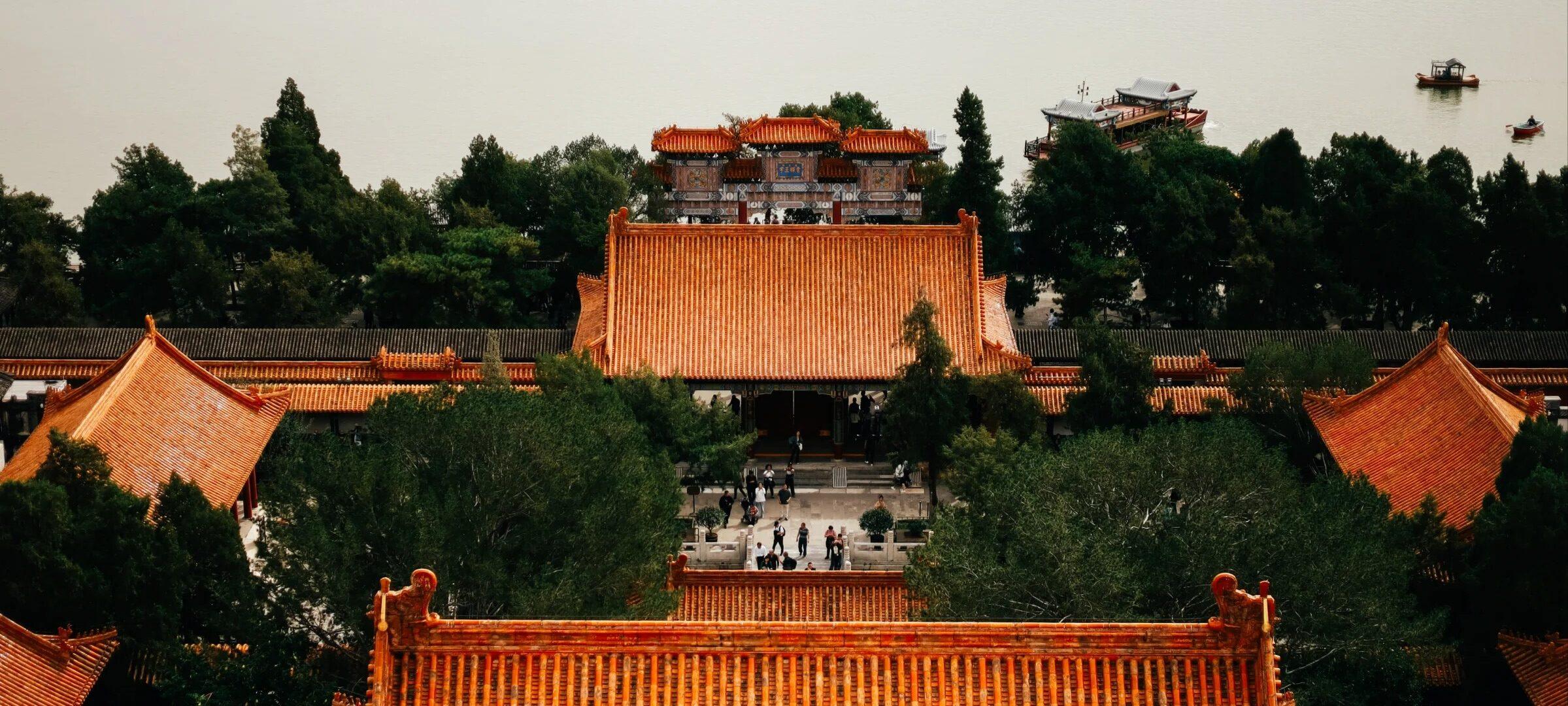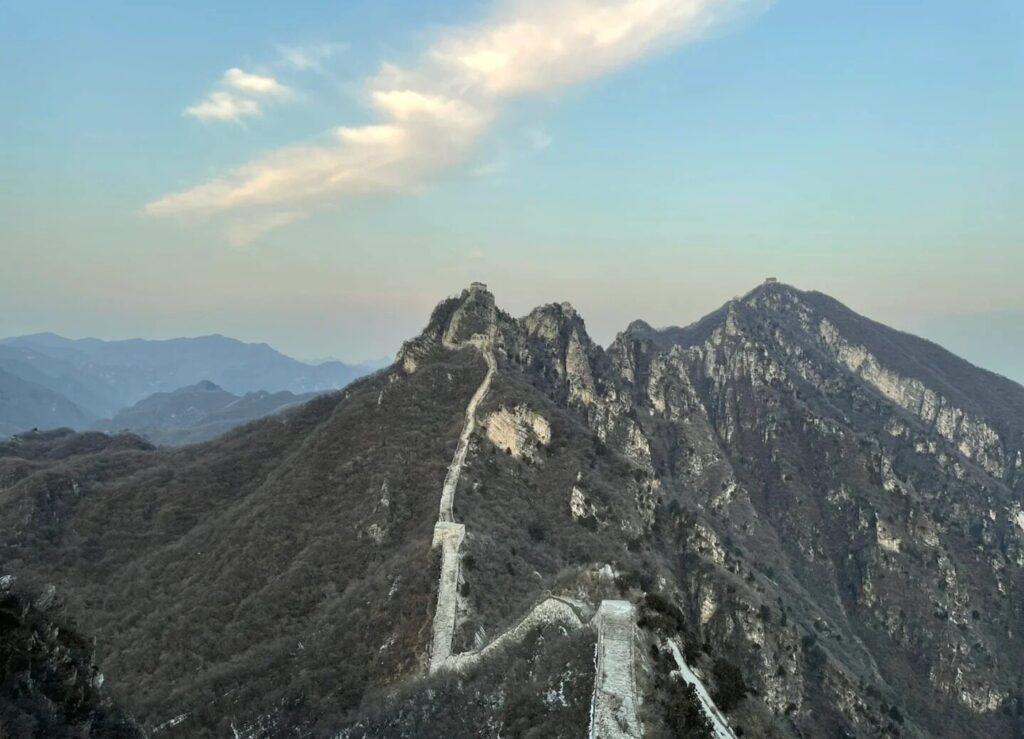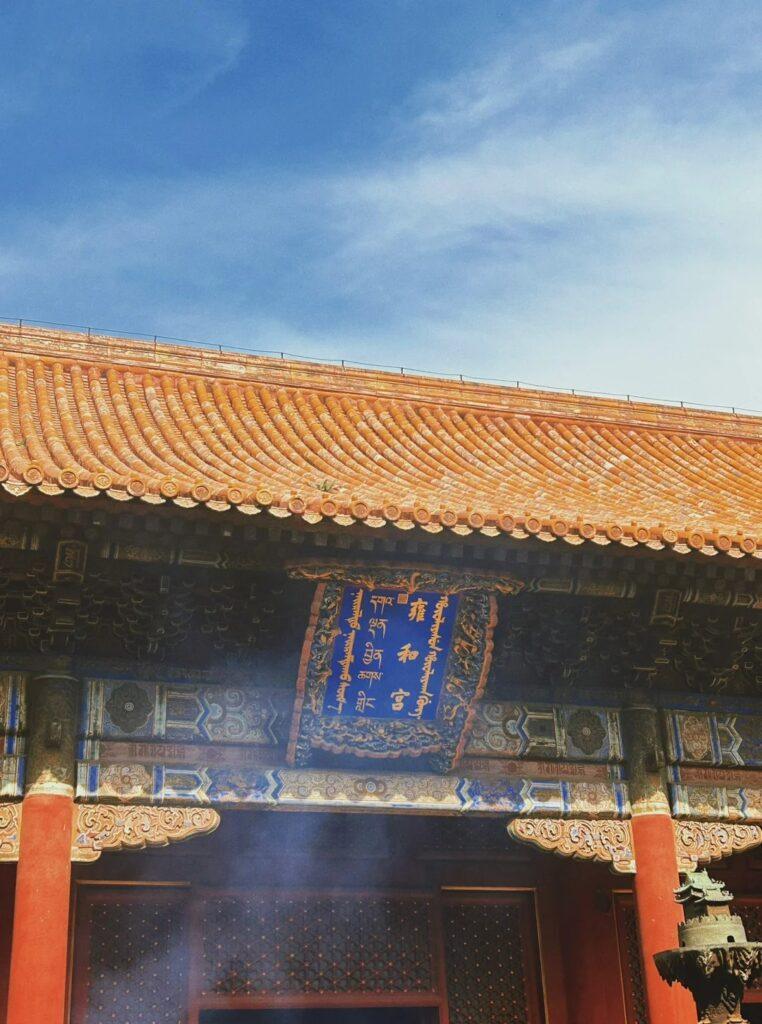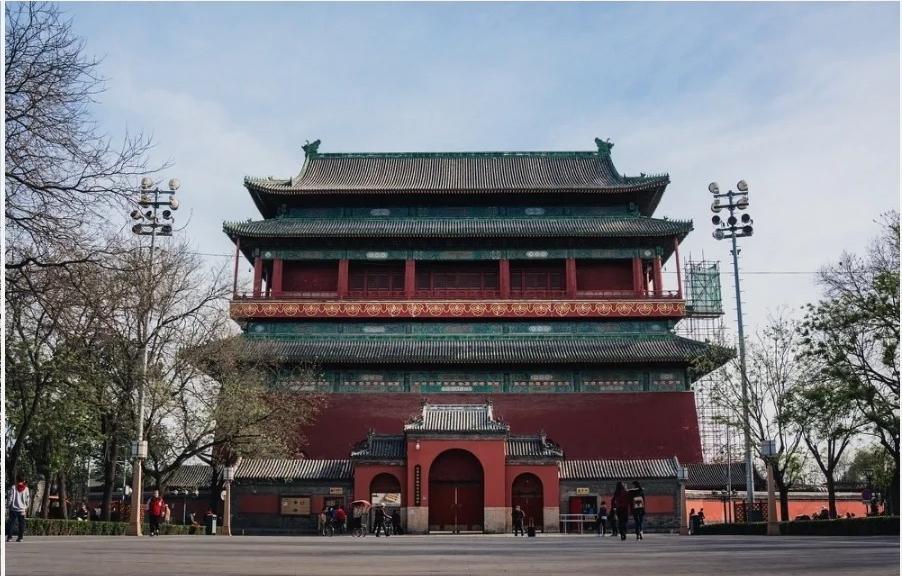Visiting Information
| Information | Details |
|---|---|
| Chinese Name | 颐和园 (Yíhéyuán) |
| Location and Address | 19 Xinjiangongmen Road, Haidian District, Beijing, China |
| Opening Hours | April 1 to October 31: 6:30 AM – 6:00 PM November 1 to March 31: 7:00 AM – 5:00 PM |
| Entrance Fee | April 1 to October 31: 60 CNY (30 CNY for students) November 1 to March 31: 50 CNY (20 CNY for students) Additional fee for specific attractions inside |
| How to Get There | By Metro: Line 4 to Beigongmen Station, Exit D By Bus: Take bus 303, 330, 331, 346, 394, 563, 584, 594, 601, 608, 696 to the East Palace Gate By Taxi: Available from anywhere in Beijing |
| Best Time for Visit | April to October, especially early morning or late afternoon |
| Contact Info | Phone: +86 10 6288 1144 Email: [email protected] |
Overview
The Summer Palace, known as Yiheyuan in Chinese, is a vast ensemble of lakes, gardens, and palaces in Beijing. It was an imperial garden in the Qing Dynasty and is now a popular tourist destination. Covering an area of 2.9 square kilometers, of which three-quarters is water, the Summer Palace is the largest and most well-preserved royal park in China, showcasing the essence of Chinese garden art and architecture.
Historical Background
The origins of the Summer Palace date back to the Jin Dynasty (1115-1234), but it was during the reign of Emperor Qianlong in the 18th century that the garden took its current form. Originally called the Garden of Clear Ripples, it was burned down in 1860 during the Second Opium War. Empress Dowager Cixi rebuilt and renamed it the Summer Palace in 1888, using funds originally designated for the Chinese navy. It served as a summer resort for the imperial family, allowing them to escape the heat of the Forbidden City. After the fall of the Qing Dynasty in 1911, the Summer Palace became a public park in 1924.
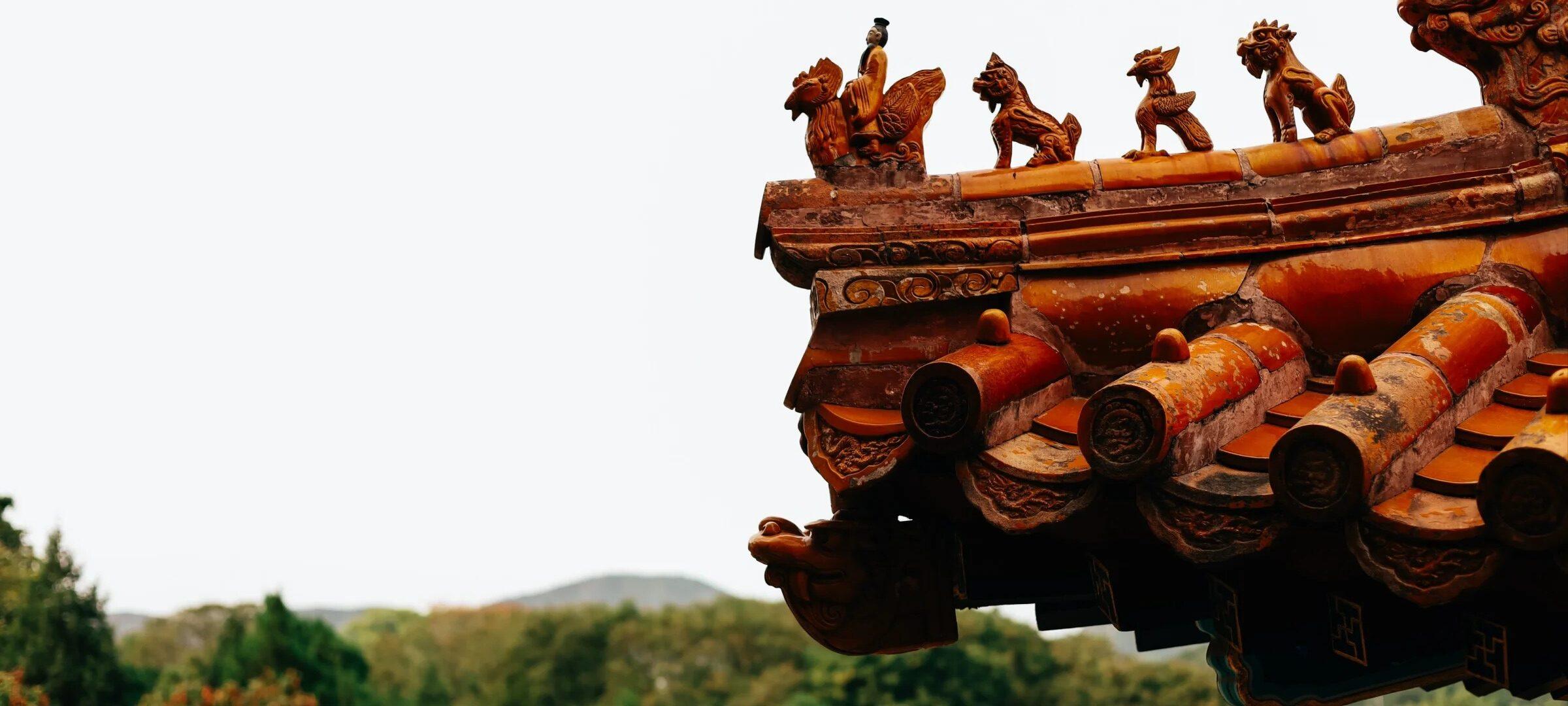
Architectural Features
- Longevity Hill: This 60-meter-high hill is the centerpiece of the Summer Palace. It’s adorned with numerous pavilions, temples, and galleries, including the iconic Tower of Buddhist Incense at its summit. The hill represents longevity in Chinese culture and provides a stunning panoramic view of the palace grounds.
- Kunming Lake: Covering about three-quarters of the palace grounds, Kunming Lake is an artificial lake created to mimic West Lake in Hangzhou. It features several islands, bridges, and the famous Marble Boat. The lake was used for boating in summer and ice-skating in winter by the imperial family.
- The Long Corridor: This 728-meter-long covered walkway is decorated with over 14,000 paintings depicting scenes from Chinese literature, history, and mythology. It’s the longest painted corridor in Chinese classical gardens and served as a place for the imperial family to enjoy a walk regardless of the weather.
- Seventeen-Arch Bridge: This magnificent 150-meter-long bridge connects the eastern shore of Kunming Lake to Nanhu Island. It’s adorned with 544 distinctive stone lions along its railings, each with a unique posture.
- Hall of Benevolence and Longevity: This was the main hall where Empress Dowager Cixi and Emperor Guangxu conducted state affairs and received foreign envoys. The hall is notable for its throne and the large bronze swan and peacock in front.
Cultural Importance
The Summer Palace holds immense cultural significance in Chinese history. It represents the zenith of Chinese garden design, blending natural landscapes with artificial features to create a harmonious environment. The palace complex embodies the philosophy of integrating human constructions with nature, a core principle in traditional Chinese aesthetics. As a symbol of imperial power and luxury, it also reflects the final years of the Qing Dynasty and the influential role of Empress Dowager Cixi. Today, the Summer Palace is recognized as a UNESCO World Heritage site, celebrated for its “masterful Chinese landscape garden design” and its role in preserving Chinese culture and history.
Surrounding Attractions
- Old Summer Palace (Yuanmingyuan): Located just 2 kilometers northeast of the Summer Palace, the Old Summer Palace was once a magnificent complex of palaces and gardens. Destroyed in 1860 during the Second Opium War, its ruins now serve as a reminder of history and a popular park for locals and tourists.
- Peking University: One of China’s most prestigious universities, Peking University is situated close to the Summer Palace. Visitors can explore its historic campus, which includes beautiful traditional Chinese architecture and modern educational facilities.
- Fragrant Hills Park: Located about 10 kilometers northwest of the Summer Palace, Fragrant Hills Park is famous for its stunning autumn foliage. It features historical temples, gardens, and hiking trails, offering a more natural complement to the Summer Palace’s manicured grounds.
- Beijing Botanical Garden: Situated near the foot of the Western Hills, about 10 kilometers from the Summer Palace, this extensive garden showcases a wide variety of plants. It includes several conservatories, a beautiful rose garden, and the ancient Wofo Temple.
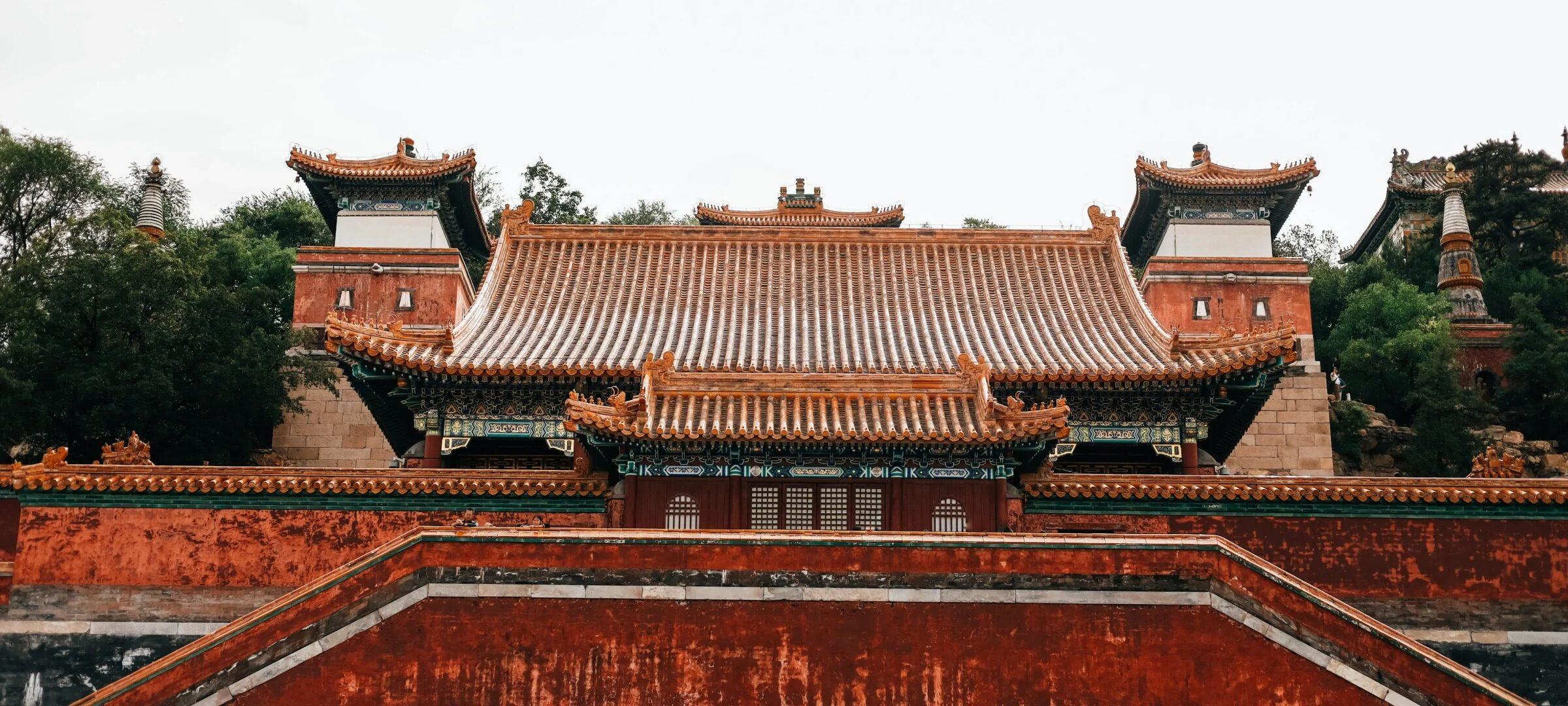
Photography Opportunities
- Kunming Lake Panorama: The view from the top of Longevity Hill offers a stunning panorama of Kunming Lake, especially beautiful during sunrise or sunset. This vantage point allows photographers to capture the expansive layout of the Summer Palace in a single frame.
- The Long Corridor: This iconic structure provides excellent opportunities for architectural photography. The interplay of light and shadow along the corridor, as well as the intricate painted scenes, offer countless creative compositions.
- Seventeen-Arch Bridge: This bridge is particularly photogenic, especially when viewed from a distance. During summer evenings, the bridge illuminated against the backdrop of Kunming Lake creates a magical scene.
- Tower of Buddhist Incense: This ornate tower, perched atop Longevity Hill, is one of the most recognizable symbols of the Summer Palace. It offers great opportunities for both close-up architectural shots and as a focal point in wider landscape compositions.
- Seasonal Scenery: Each season brings unique photo opportunities. Spring offers blooming flowers, summer showcases lush greenery, autumn brings golden foliage, and winter transforms the palace into a snowy wonderland, with opportunities for ice skating shots on Kunming Lake.
Modern Importance
- Cultural Heritage Preservation: The Summer Palace serves as a prime example of China’s efforts in preserving its cultural heritage. Its maintenance and restoration showcase the country’s commitment to protecting historical sites for future generations.
- Tourism and Economy: As one of Beijing’s most popular tourist attractions, the Summer Palace plays a significant role in the city’s tourism industry, contributing to the local and national economy.
- Educational Value: The palace complex serves as an outdoor classroom for students and researchers studying Chinese history, architecture, and garden design. It provides tangible examples of traditional Chinese aesthetics and imperial life.
- Green Space and Recreation: For Beijing residents, the Summer Palace offers valuable green space and recreational opportunities in an otherwise urban environment. It serves as a popular spot for exercise, relaxation, and cultural activities.
- Diplomatic Significance: The Summer Palace is often included in tours for visiting foreign dignitaries, serving as a symbol of China’s rich cultural heritage in international relations.
- Artistic Inspiration: The beauty and historical significance of the Summer Palace continue to inspire contemporary artists, writers, and filmmakers, influencing modern Chinese culture and art.
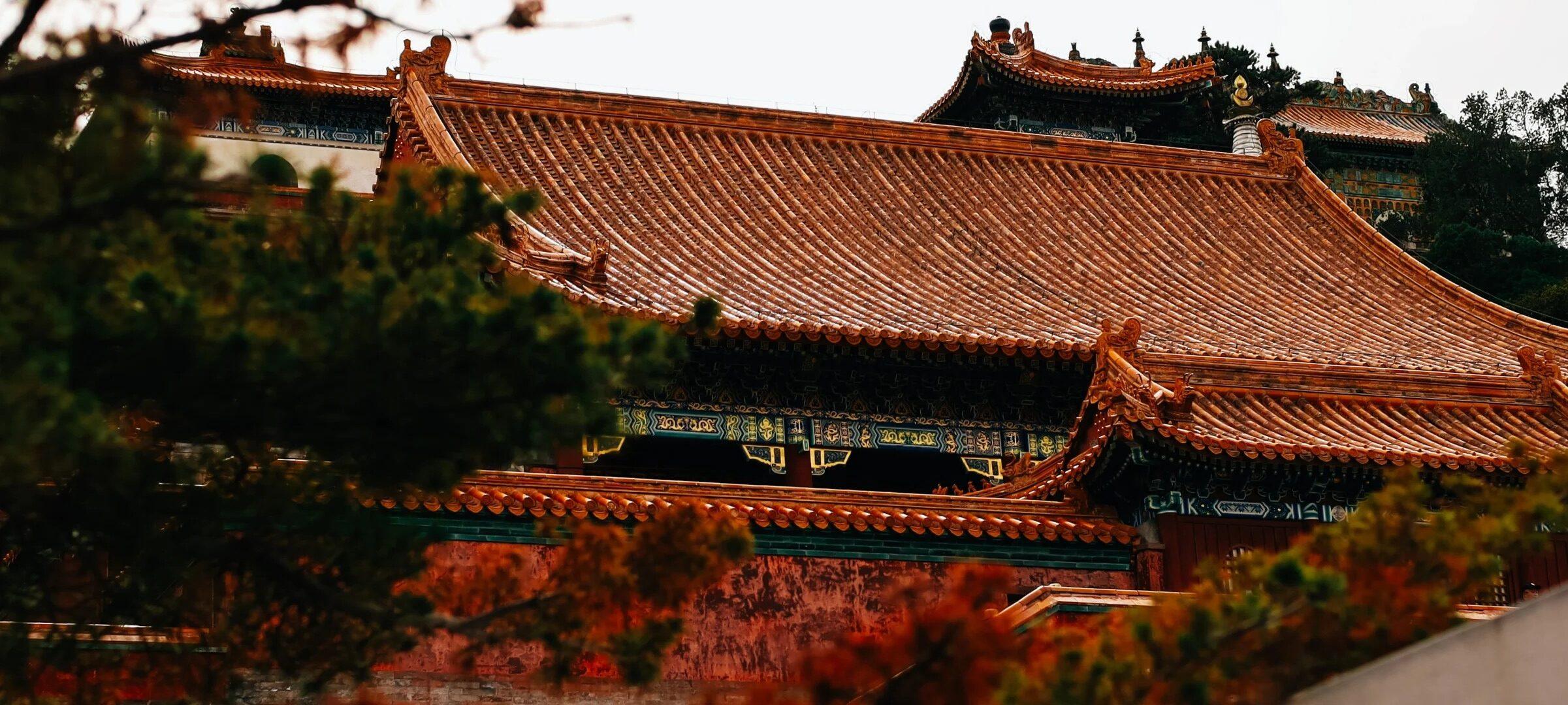
FAQ
- What is the Summer Palace famous for?
The Summer Palace is famous for being the largest and best-preserved imperial garden in China. It’s renowned for its stunning landscape design, intricate architecture, and historical significance as a retreat for the imperial family. - What’s inside the Summer Palace?
The Summer Palace contains numerous structures including palaces, temples, gardens, bridges, and the vast Kunming Lake. Key features include Longevity Hill, the Long Corridor, the Marble Boat, and the Tower of Buddhist Incense. - Is the Summer Palace free?
No, the Summer Palace is not free. There is an entrance fee, which varies depending on the season. Some attractions within the palace grounds may require additional tickets. - Is the Summer Palace worth visiting?
Yes, the Summer Palace is considered a must-visit attraction in Beijing. Its beautiful landscapes, historical significance, and stunning architecture make it worthwhile for most visitors. - What to do in the Summer Palace?
Visitors can explore the various buildings and gardens, take a boat ride on Kunming Lake, walk along the Long Corridor, climb Longevity Hill for panoramic views, and enjoy traditional performances in certain seasons. - How do I get to the Summer Palace in the local city?
In Beijing, you can reach the Summer Palace by taking Metro Line 4 to Beigongmen Station and exiting from Exit D. Alternatively, numerous buses stop at the East Palace Gate. Taxis are also readily available from anywhere in the city. - How to visit the Summer Palace?
To visit the Summer Palace, purchase tickets at the entrance or book in advance during peak seasons. Wear comfortable shoes as there’s a lot of walking involved. Consider hiring a guide or using an audio guide to learn about the history and significance of different areas. Visit early in the morning to avoid crowds, especially during summer. Allow at least half a day for your visit, or a full day if you want to explore thoroughly.


